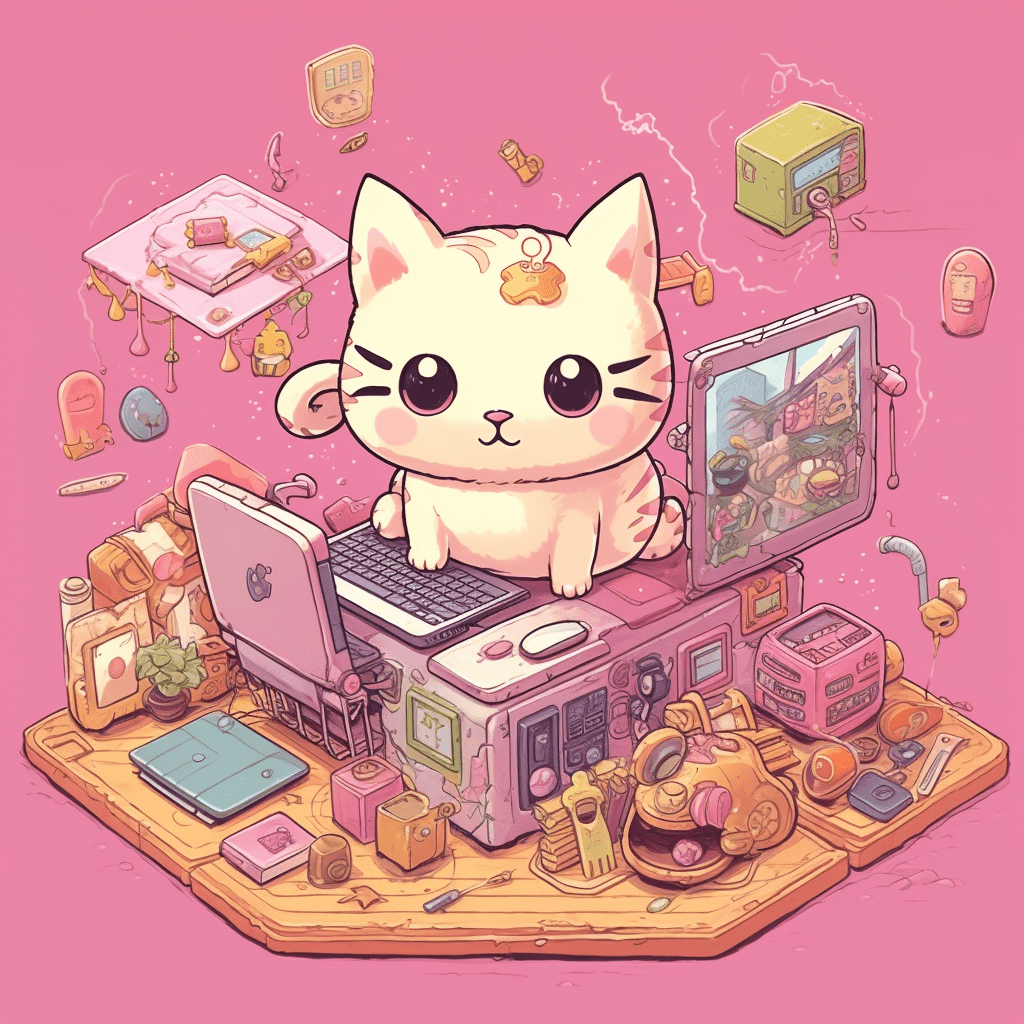As non-fungible tokens (NFTs) continue to build momentum in various industries, including digital art, gaming, and virtual real estate, it’s essential for investors to learn the language of this expanding market. This article offers a comprehensive introduction to crucial NFT terminology for investors, ensuring you have the knowledge necessary to make informed decisions and capitalize on potential opportunities.

Non-Fungible Token (NFT)
An NFT is a unique, indivisible digital asset that represents ownership and authenticity of a specific item or content. Unlike cryptocurrencies such as Bitcoin, each NFT has distinct attributes and metadata, ensuring their uniqueness and rarity.
Blockchain
A blockchain is a decentralized, distributed digital ledger that records transactions and secures data through cryptography. NFTs reside on blockchains, predominantly on the Ethereum network. However, alternatives such as Binance Smart Chain, Solana, and Flow offer various advantages and disadvantages when it comes to fees, community support, and marketplace acceptance.
Smart Contract
A smart contract is a self-executing contract with the terms of the agreement directly encoded into computer code. Smart contracts govern the creation, minting, and management of NFTs and provide functions such as royalties and ownership transfers.
ERC-721 and ERC-1155

ERC-721 and ERC-1155 are Ethereum-based token standards that enable the creation and management of NFTs. ERC-721 is the original standard for unique non-fungible tokens, while ERC-1155 allows both non-fungible and fungible tokens within a single contract, providing increased flexibility and efficiency in digital asset management.
Minting
Minting is the process of creating an NFT and adding it to the blockchain. Through minting, digital assets are assigned unique identifiers, ensuring their distinctiveness and scarcity. There are often gas fees associated with minting that compensate network participants who validate transactions.
Metadata
Metadata is the descriptive information associated with an NFT, including the title, description, creator, unique features, and more. Metadata helps identify specific NFTs, improve searchability, and add context for potential buyers, which can influence the token’s value and appeal.
Gas Fees
Gas fees are transaction costs required when minting, transferring or interacting with NFTs on blockchain networks like Ethereum. These fees compensate network validators or miners for processing and securing transactions. Gas fees typically fluctuate depending on network congestion and the complexity of the transaction.
Digital Wallet

Investors must set up a digital wallet compatible with their chosen blockchain network to manage and trade NFTs. A digital wallet is a software application that stores private keys and enables users to interact with the blockchain. Common digital wallets for NFT management include MetaMask, Trust Wallet, and Ledger.
Royalties
Royalties are fees paid to the original creator of an NFT when their work is resold on secondary markets. By leveraging smart contracts, creators can receive a predetermined percentage of each sale, ensuring ongoing compensation for their work. Investors should be aware of royalty percentages when evaluating potential returns on NFT investments.
Provenance
Provenance refers to the ownership history and authenticity of an NFT. Blockchain technology enables transparent and accurate tracking of provenance, helping establish the asset’s rarity, value, and legitimacy. Investors should consider provenance when assessing the potential value and desirability of an NFT.
NFT Marketplaces
NFT marketplaces are digital platforms where investors can buy, sell, and discover non-fungible tokens. Examples of popular platforms include OpenSea, Rarible, and Foundation. Marketplaces cater to different niches, blockchain networks, and token types, offering investors a diverse range of options when it comes to NFT investments.
Fractional Ownership
Fractional ownership is an emerging concept in the NFT space that allows multiple investors to own portions of a single digital asset. Fractionalization helps make high-value NFTs more accessible to smaller investors and can potentially add liquidity to the NFT market.
DeFi: Decentralized Finance and NFT Integration
DeFi stands for decentralized finance and refers to financial applications built on blockchain networks, primarily Ethereum. NFT-based projects are increasingly leveraging DeFi protocols for loans, staking, fractional ownership, and more. This integration expands the utility and financial applications of NFTs within the broader crypto ecosystem.
PFP: Profile Picture Projects and Community

Profile picture (PFP) NFT projects predominantly feature digital collectibles used as profile pictures on social media platforms. These NFTs often signify the owner’s digital identity, interests, or affiliations with a particular community. Investors should keep an eye on PFP projects, as they can indicate social trends or potential market demand, driving value and investment opportunities.
In conclusion, to successfully navigate the NFT landscape as an investor, it’s essential to familiarize yourself with the specific terminology and concepts that define this rapidly growing space. By mastering the language of non-fungible tokens, you’ll be better prepared to make informed decisions and capitalize on new and exciting investment opportunities within this dynamic market.
